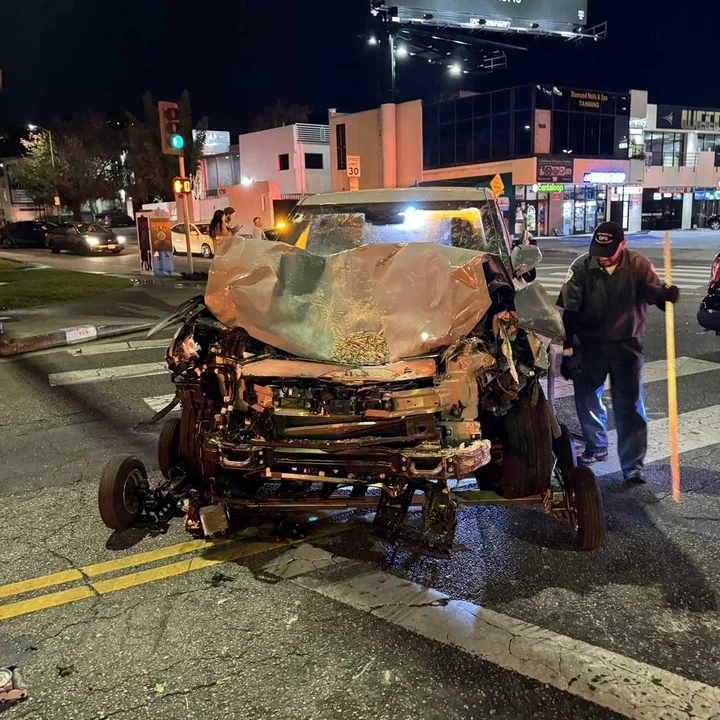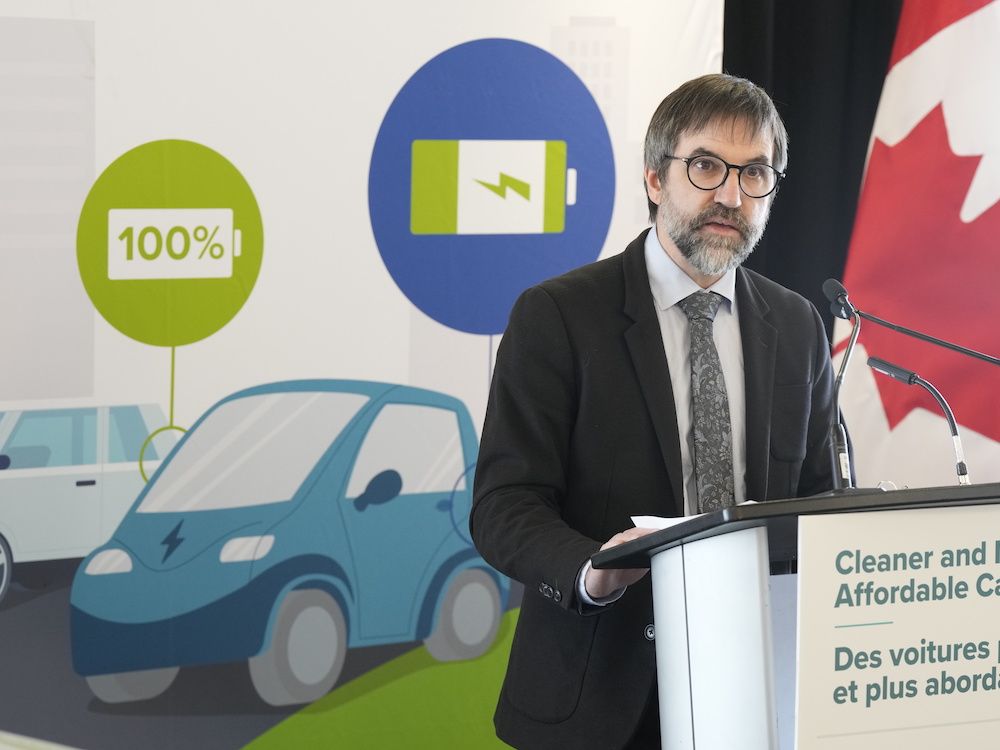I’ve got a buddy who has a polestar that every so often needs to pull over and have roadside assistance log in and reset the system as it goes in to limp mode
That's a modern-complicated-vehicle-with-modern-complicated-controls thing, not necessarily an EV thing. (Software/navigation/etc too complicated for its own good)
Both VW and GM are going through software headaches on their newer vehicles, too ... and it isn't just the EVs.
The problem with EV's that no one seems to talk about is the life expectancy of tires. A good friend of mine is pretty high up at Rivian and he was telling me that some of the employees there were complaining that after 10,000 miles they needed new tires. Heavy vehicle due to weight, add oodles of torque due to electric motors, and you end up burning through tires.
I've heard that Rivians are tough on tires. That's a suspension-design issue ... not an EV issue! And here's why ...
Rivians have on-the-fly adjustable ride height and 4-wheel-independent suspension with an upper and lower wishbone design.
(1) It is really hard to design those for zero bump steer ... the steering link never exactly coincides with the main suspension arms. This means it can only have zero toe at one specific ride height. At any other ride height, it's going to have non-zero toe. It is also often necessary to design-in some roll understeer into the geometry to ensure proper stability at high speed. But you can't do that without introducing bump steer, which means ... non-zero toe at any ride height other than some nominal setting. That's not good for tire wear.
(2) Another thing, those suspensions aren't designed with a zero camber curve. (Equal-length and parallel upper and lower arms. The upper arm is always shorter. I've seen the Rivian's suspension layout. It uses the conventional layout with a shorter upper arm.) There is good reason for this ... when you have body-roll in a corner, the negative camber with suspension compression partially offsets the body roll that the tire sees, so the contact patch stays flatter on the ground for more grip. BUT. It means, you only have zero camber (or close to it) at or near one specific ride height (or in a fairly narrow range where the upper and lower arms are close-enough to being parallel. If you run it in the low suspension mode for less drag at highway speed (which I'm pretty sure it does automatically), the wheels are going to have negative camber, and because all 4 corners are like this, it's going to be like this on all four!
I'm afraid that high tire wear is going to be inherent with any double-wishbone-type suspension that has significant ride-height-adjustment capability unless it has been specifically designed with parallel equal-length upper and lower control arms and tie-rods ... but then, cornering and high-speed-stability will be compromised.
Look for the cybertruck to have the same issue because it has the same design features.
Of course, it doesn't help that the darn thing weighs 7000 lbs, but that's not a horrendous amount more than a combustion-engine 4x4 extended-cab pickup with all the luxury bells and whistles. They're no lightweights, either. This is more a criticism that pickup trucks have all gotten too big and heavy in general.
N.B. The Ford Lightning doesn't have air-ride ... and it uses a pure-trailing-arm independent rear suspension, which in the automotive world is something that went obsolete decades ago. BUT. That suspension design, at least ideally, has zero toe and camber change with suspension movement. If you load up the truck, it shouldn't eat rear tires. Compare, for example, to the old Ford Twin-I-Beam front suspension ... which has high camber change with suspension motion ... and is a notorious front-tire-eater.
Let's talk about what all those heavier vehicles will do to road beds. Trucks and buses are bad enough. Inside the 416 a lot of major (and secondary) streets already look like Afghanistan.
My Bolt weighs 1600 kg. That's only slightly more than a VW Golf, not enough to make a meaningful difference for road wear.
If you're worried about roadway wear, we need to have a discussion about people using enormous trucks and SUVs to move one person to and fro, before discussing its powertrain.



















